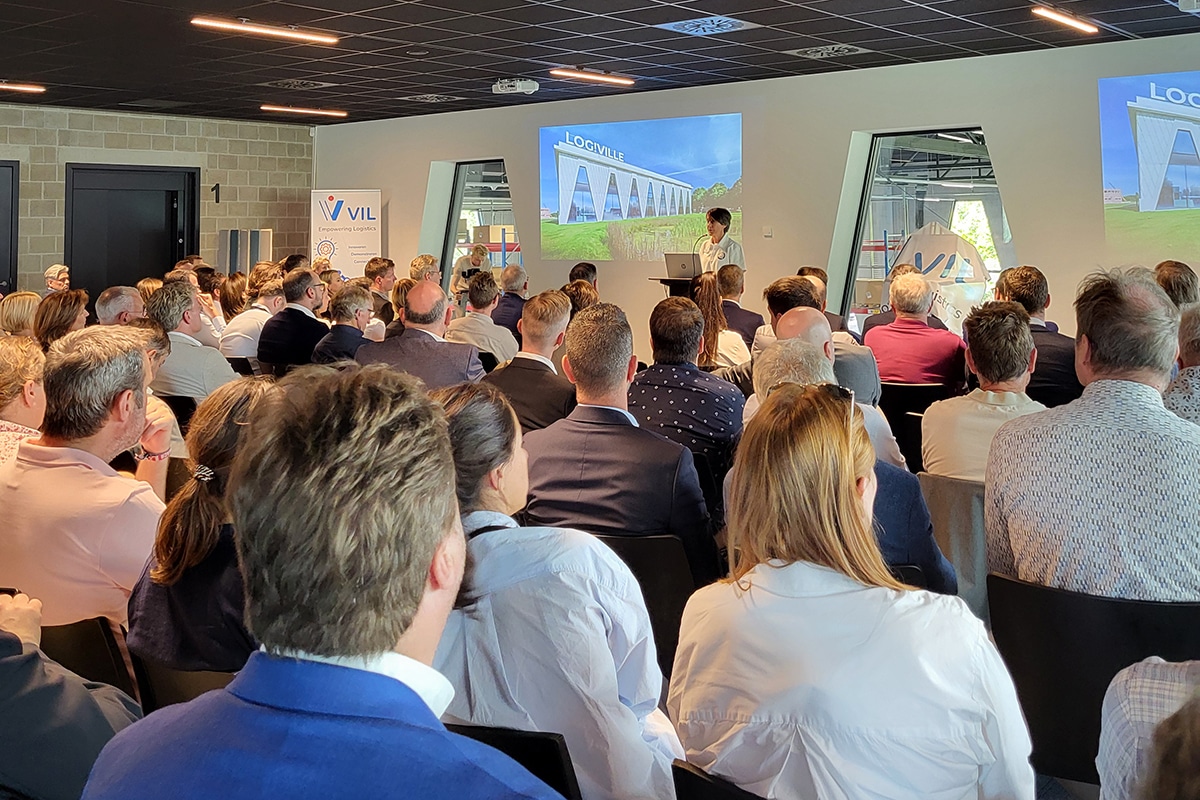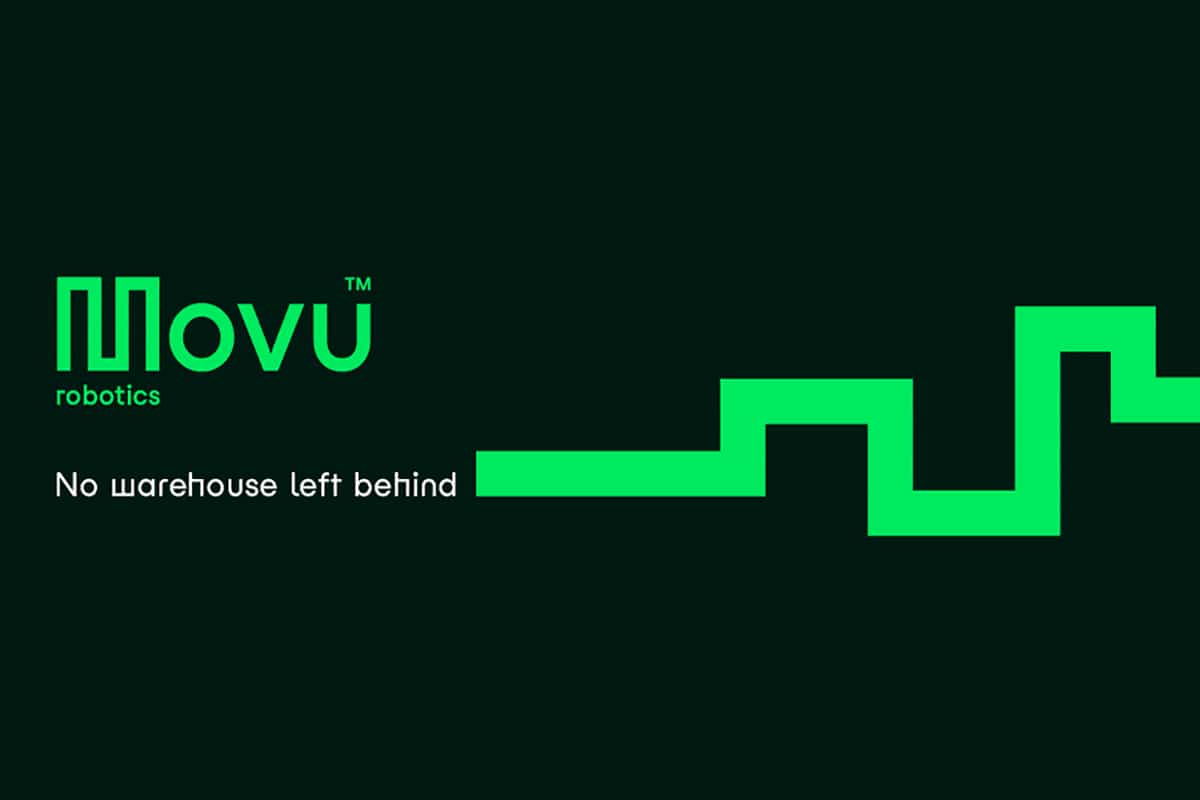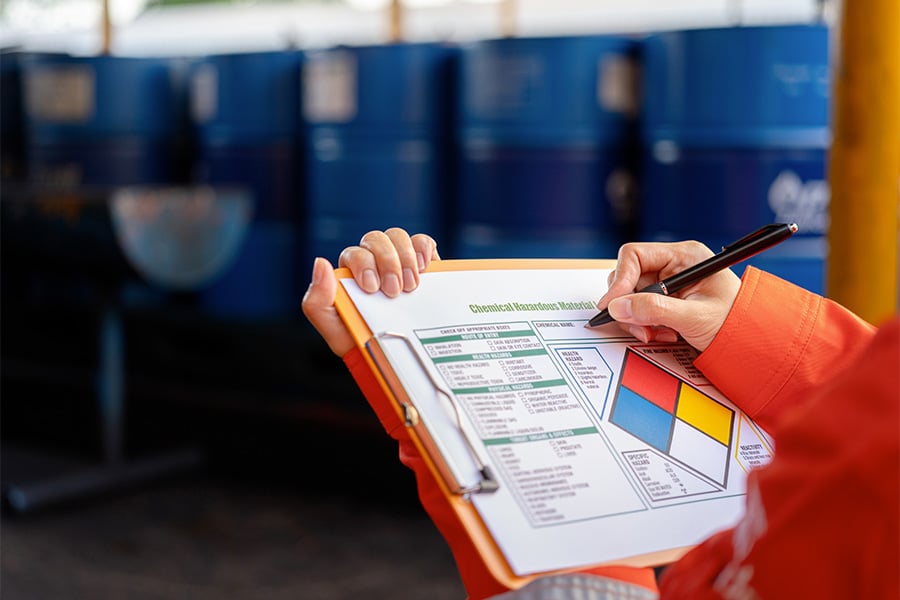
From automated storage systems to mobile robots
Customers in logistics and warehousing expect fast and flexible deliveries, while companies are faced with staff shortages, rising costs and stringent sustainability goals. In that context, a well-chosen material handling system - from automated storage systems to mobile robots - offers enormous advantages. But how do you find the system that really suits your processes, without falling into the trap of fancy technology that turns out not to work in practice?
1. Don't start with technology, start with yourself
The biggest mistake companies make when choosing a new material handling system? They start their search with the supplier, rather than with their own needs. The right system fits seamlessly with your existing work processes as well as your future ambitions. So start with a thorough analysis of your current situation: where are the bottlenecks, what do you want to improve, and what are your short- and long-term goals? Only then will you avoid buying an expensive solution that afterwards does not function optimally.

2. Set clear priorities
You can't improve everything at once. Of course you want to work more efficiently, save costs, increase delivery reliability and relieve your employees. But it is more realistic to make clear choices. What is currently the biggest bottleneck in your warehouse? Where is the impact of improvement the greatest? By setting priorities, you can make more focused investments, set realistic goals and achieve results you can build on. This approach also prevents your team from being overwhelmed by too many changes at once.
3. Think in solution directions, not gadgets
Technology is seductive. Autonomous vehicles, drones, smart sorting systems: the market is bulging with innovative solutions. But the latest is not always the best - or the most cost-effective. Therefore, look beyond the hype. What fits within your logistics strategy and growth plans? A compact AS/RS installation, for example, could use your current floor space more efficiently and postpone a planned move. Or perhaps a smart warehouse management system (WMS) will suffice to control your processes more tightly without major investments.
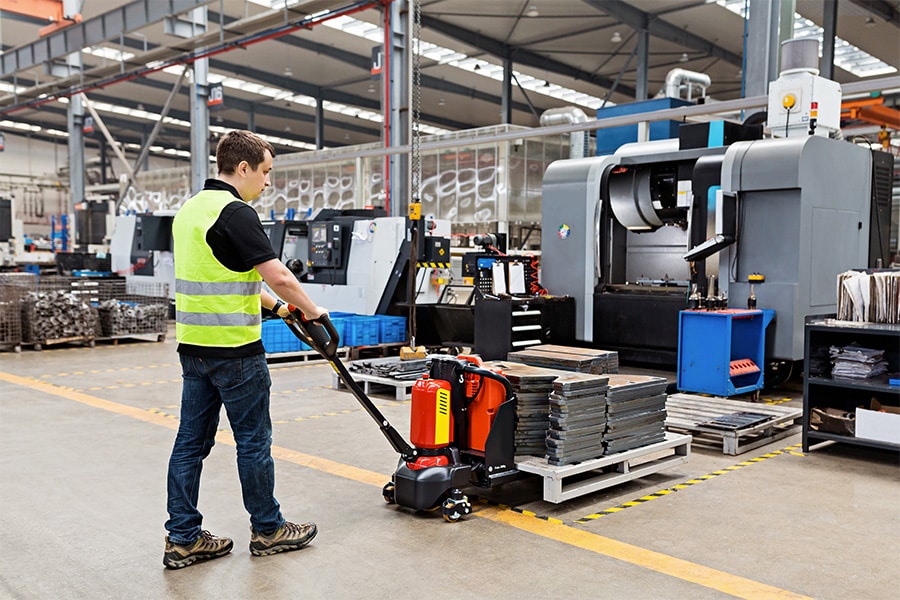
4. Design with your people, test before you implement
A system only works well if the people on the floor can and want to work with it. Therefore, involve them from the beginning. Get input from operators, warehouse workers and foremen: what do they need to do their jobs better and safer? Use those insights to create a custom design. In addition, schedule time for prototyping, testing and fine-tuning. That way, you avoid encountering unexpected obstacles or resistance when going live.
5. Keep measuring and improving
After implementation, the work is not done. Systematically measure whether your goals are being met. How does the system perform in practice? Are orders processed faster, are there fewer errors, is the turnaround time reduced? Based on those figures, you can optimize in a targeted way, and get the most out of your investment.
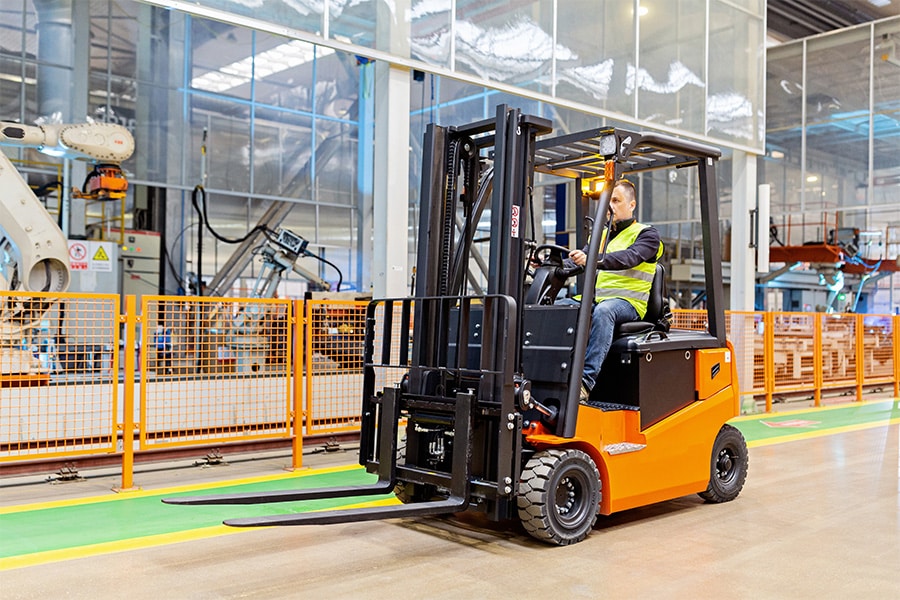
6. Think in steps, not end points
A good material handling system is not an end point, but a foundation on which you can continue to build. Once your initial goal is achieved, review your priorities. Is the biggest challenge still the same? Where can you improve further? This step-by-step approach helps you take big steps forward again and again with limited resources.
